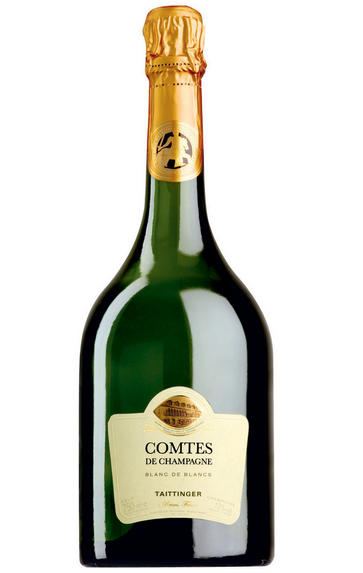
2007 Champagne Taittinger, Comtes de Champagne, Blanc de Blancs, Brut
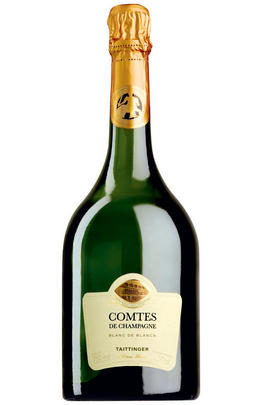
Critics reviews
Taittinger's 2007 Comtes de Champagne will be nearly impossible to resist upon release. Soaring aromatics, mid-weight structure and soft contours give the 2007 its alluring personality. Lemon oil, white flowers, mint, chamomile and green pear add brightness and freshness throughout, with a persistent, clean finish that makes it impossible to resist a second taste.
Today, the 2007 comes across as a slightly more open version of the 2004, with freshness that makes that wine so appealing, and a touch of textural richness that recalls the 2002. Although the 2007 does not have the explosive energy or verticality of the profound 2006, it will drink better earlier. The 2007 has been positively brilliant on the three occasions I have tasted it so far.
Drink 2018 - 2047
Antonio Galloni, Vinous.com (March 2018)
William Kelley - 30/04/2019
Drink 2018-2026
Jancis Robinson MW, jancisrobinson.com (Jun 2019)
Yohan Castaing, Decanter (Nov 2019)
About this WINE
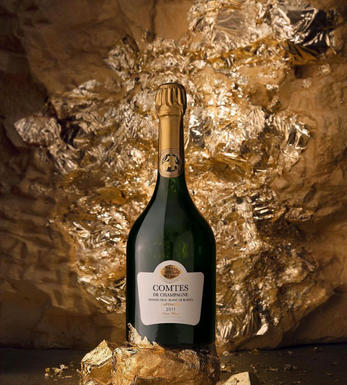
Champagne Taittinger
Taittinger is one of the few family-owned independent Champagne houses in Reims. It produces a very classy Non-Vintage blend and complex Vintage Champagnes as well.
Its top Champagne is Comtes De Champagne - first produced in 1952, it is made from 100% Chardonnay grapes from 6 Grand Cru sites in the Côte de Blancs. This is finely aromatic, rich, creamy Blanc de Blancs at its best, though patience is required as the wine should not be approached for at least ten years.
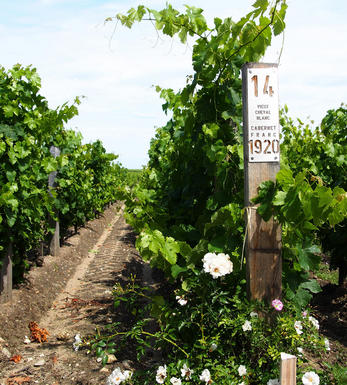
Blanc de Blancs
In Champagne, the term Blanc de Blancs designates Champagnes made only from Chardonnay grapes. The vineyards located between Cramant and Mesnil-sur-Oger in Cote de Blancs yield the best examples of the style.
A classic Blanc de Blancs is restrained and elegant when young, yet with ageing it develops a mouth-coating brioche richness that overlays an intense expression of fruitiness. Blanc de Blancs are endowed with longer ageing potential than a typical Blanc de Noirs.
Recommended Producers: Salon, Billecart Salmon, Jacques Selosse, Dom Ruinart, Krug, Le Mesnil Grand Cru, Guy Larmandier
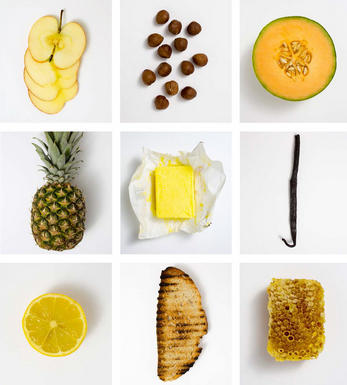
Chardonnay
Chardonnay is often seen as the king of white wine grapes and one of the most widely planted in the world It is suited to a wide variety of soils, though it excels in soils with a high limestone content as found in Champagne, Chablis, and the Côte D`Or.
Burgundy is Chardonnay's spiritual home and the best White Burgundies are dry, rich, honeyed wines with marvellous poise, elegance and balance. They are unquestionably the finest dry white wines in the world. Chardonnay plays a crucial role in the Champagne blend, providing structure and finesse, and is the sole grape in Blanc de Blancs.
It is quantitatively important in California and Australia, is widely planted in Chile and South Africa, and is the second most widely planted grape in New Zealand. In warm climates Chardonnay has a tendency to develop very high sugar levels during the final stages of ripening and this can occur at the expense of acidity. Late picking is a common problem and can result in blowsy and flabby wines that lack structure and definition.
Recently in the New World, we have seen a move towards more elegant, better- balanced and less oak-driven Chardonnays, and this is to be welcomed.


Buying options
Add to wishlist
Description
Taittinger's 2007 Comtes de Champagne will be nearly impossible to resist upon release. Soaring aromatics, mid-weight structure and soft contours give the 2007 its alluring personality. Lemon oil, white flowers, mint, chamomile and green pear add brightness and freshness throughout, with a persistent, clean finish that makes it impossible to resist a second taste.
Today, the 2007 comes across as a slightly more open version of the 2004, with freshness that makes that wine so appealing, and a touch of textural richness that recalls the 2002. Although the 2007 does not have the explosive energy or verticality of the profound 2006, it will drink better earlier. The 2007 has been positively brilliant on the three occasions I have tasted it so far.
Drink 2018 - 2047
Antonio Galloni, Vinous.com (March 2018)
wine at a glance
Delivery and quality guarantee